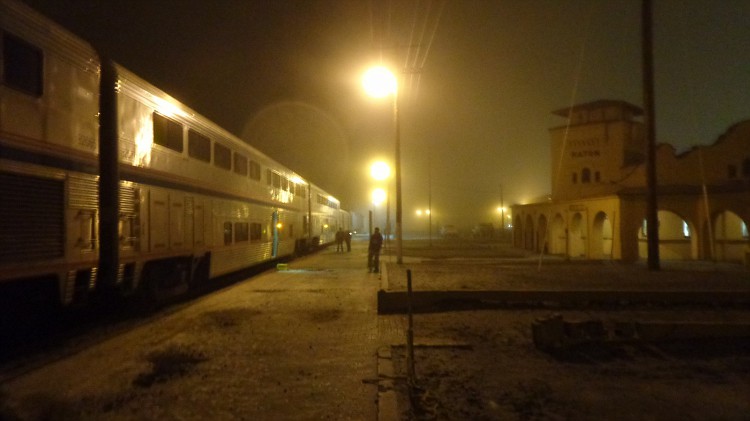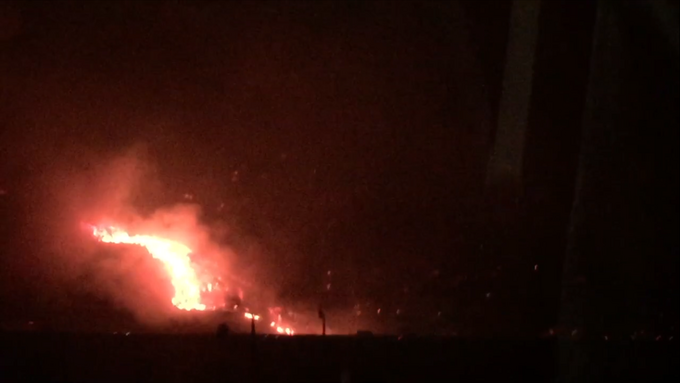be
My understanding is that we were going too fast around a curve and the train was leaning very far into one direction.
The conductor later said that it was caused by failure of the counter breaking system. I may be using the wrong terminology, but that was the announcement.
My service car attendant said he'd never experienced anything like it before.
I've never heard of a "counter breaking system". Does anyone know what that is?
As for terminology, I wonder if maybe the dynamic breaks failed. The conductor assumed (probably erroneously) that you wouldn't know what that was so he called it a "counter breaking system". Then maybe the engineer discovered too late that they weren't working properly and with a bad curve rapidly approaching, made a big air brake reduction but it was too little too late and you hit the curve too fast. If that was the case, you should be glad that you were ONLY 11 hours late 'cause if you'd hit the ground it woulda been much, much worse.
I can relate a little bit from my very first cross-country Amtrak trip back in 1980. When I permanently left the Phoenix area, I took what was then called the Southwest Limited from Flagstaff to Chicago then on to Connecticut from there. The speed limit east of La Junta was 90 MPH and believe me they went 90. Even way back then the Santa Fe's track was beginning to deteriorate. It was a very, very rough ride to say the least which was made worse by the older equipment. (Still had the old steam heated "heritage" stuff.) Don't know if it was just the rough track or the fact that the air conditioner in our sleeper had failed but I got VERY little if any sleep that night!
Somewhere east of Hutchinson, KS, we rejoined the main line and encountered good track and a smooth ride. I quickly dozed off to sleep. My sleep was short lived as the best was yet to come!
After we left the main line again and onto the secondary main line through Topeka, there was more 90MPH stuff on rough, jointed track and lots and lots of 80 and even 85 MPH curves. I held onto my bed for dear life as the flanges bit violently into the rails on the curves. The car lurched violently. There were a couple of times that I was convinced that we wouldn't make it and end up in the ditch. We did not. Somehow we stayed on the rails. After we were back on the mainline again east of Kansas City, the ride was smooth and uneventful. But it stayed hot. Amtrak maintenance crews tried to fix our A/C again at KC but to no avail. That, indeed, was a trip to remember.







